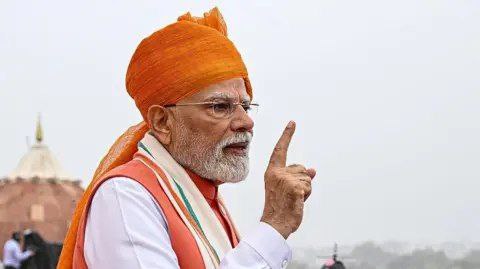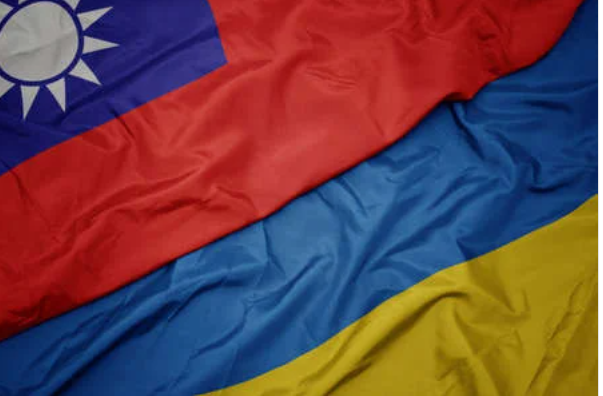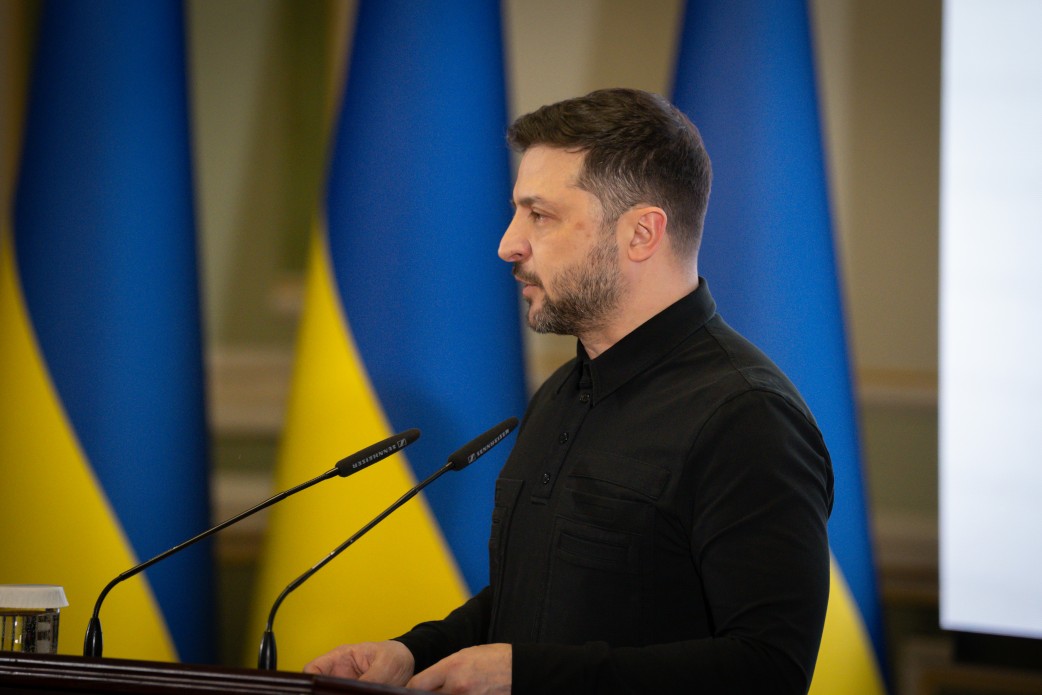My forecast on India has been confirmed.
With sovereignist political elites, pressure in the form of tariffs doesn’t work—here you need to act not with a stick, but with a carrot.
Use incentives, not prohibitions.
Launch development projects rather than impose restrictive tariffs.
The real question is whether the U.S. is capable of global development projects in the 21st century in other countries. A big question.
Indian state-owned refineries have resumed buying Russian oil.
But that’s not the scariest part.
Much more dangerous would be if India tilts toward China and Russia.
Modi is attending the SCO summit.
And the SCO is a Eurasian, Sino-centric project.
Putin will also be there.
A very dangerous convergence of Beijing, Moscow, and Delhi.
If a geopolitical balance emerges between India, China, and Russia, it will predetermine the historical fate of Eurasia.
This would be a geopolitical catastrophe for the U.S. in the Indo-Pacific region.
Meanwhile, Modi has prepared a “response to Chamberlain”—crossed out—Trump.
Modi has presented his economic crisis response plan.
He is reforming India’s internal economy the way I would act.
The focus is on stimulating domestic purchasing power by reducing the Indian equivalent of VAT—the GST on goods and services.
Two tax rates are planned: 5% and 18%.
Compensators will be found where they should be—precisely in the high-profit business sectors I discuss in my articles: alcohol, gambling, finance.
For example, higher VAT on luxury goods and high-end cars.
Here in our system, the same VAT applies to bread, utilities, and handbags worth hundreds of thousands of hryvnias—or cars costing hundreds of thousands of dollars.
In a system aiming for at least some semblance of fairness, luxury goods pay higher VAT.
In addition to reducing VAT, Modi is considering cutting income tax.
Another extremely timely decision.
In any unclear crisis situation—cut labor taxes.
You reduce unemployment growth and government spending on the unemployed.
The principle of Modi’s economics is simple: buy Indian.
Like Reagan once said: buy American.
Another phrase from the father of “Reaganomics”: “Every dollar must find an American product.”
In a market of 1.5 billion consumers, such tools work even more effectively than in other countries.
Surprisingly, despite 50% tariffs on Indian goods, India’s stock market is rising, and S&P has raised the country’s sovereign rating for the first time in 18 years.
Modi’s tax plan will inject 2.4 trillion rupees into the domestic market and accelerate GDP growth by 0.7 percentage points.
By the way, India has been growing at a cruising speed of 5–8% annually in recent years.
Whether the U.S. will make a strategic mistake by pushing India toward China and Russia remains to be seen.
By the way, India hasn’t always been in conflict with China.
In the times of Nehru and Mao, the alliance of the two countries was seen in the framework of the “two peaks” concept in Eurasia, standing side by side.
In mountaineering, everyone wants to conquer Everest. In geopolitics—it’s China.
But as the pros say, climbing K2 is much harder than Everest, even though the mountain is lower.
India is becoming the K2 of modern geopolitics, precisely in the format of Hindutva, “Indianness,” and economic nationalism.




















